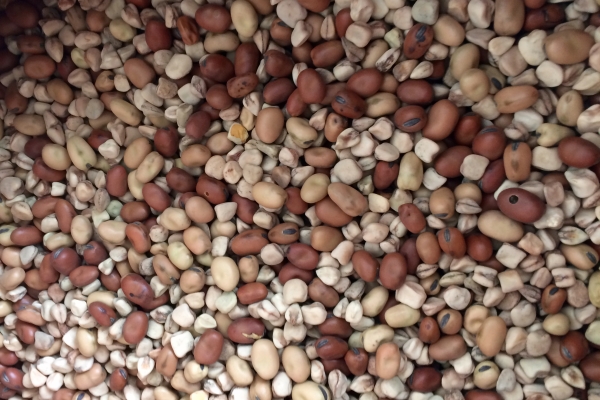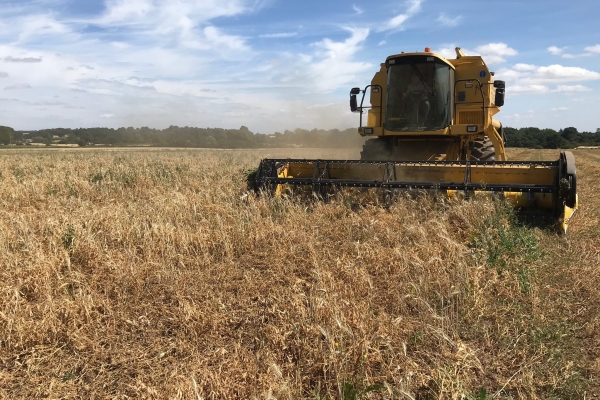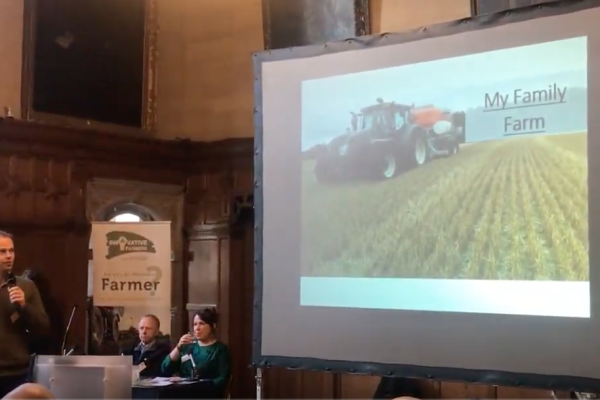Key mechanisms promoting performance of plant teams
Report produced as part of the DIVERSify project
Resource explained
Growing two or more plant species in close proximity (‘plant teams’) is a practice that can be used to improve crop production in terms of increased productivity, more efficient resource use, reduced reliance on crop protection chemicals, and enhanced biodiversity. This report summarises findings from experimental trials conducted across Europe as part of the Horizon 2020 DIVERSify project to measure plant team performance and identify what factors impact on performance i.e. one plant benefiting the performance of another directly or indirectly, or plants complementing each other through maximising space or utilising resources. The report highlights trial findings and suggests that carefully chosen plant teams could provide improved yield stability and greater resilience against environmental stress for future-proofing agriculture in Europe and globally. It includes sections focusing specifically on light use, nitrogen use, water use, weeds, pest and disease, natural enemies of crop pests and pollinator attraction.
Findings & recommendations
- The way in which different plant species can acquire light is one of the key ways they can complement each other’s performance – through the different space they fill and leaf traits which can aid light capture.
- The mechanisms underpinning improved nutrient use appear to include increased nutrient availability, decreased competition for nitrogen uptake by cereals (due to biological nitrogen fixation by legumes) and more efficient use of acquired nutrients by one or both plant species.
- Water use efficiency can be an important driver of plant team performance and an important point to consider when adapting cropping systems to the changing climate. If species in mixtures can occupy different niches below ground leading to complementary use of the available soil water, mixtures may ultimately be more resilient against drought events than monocultures.
- Plant teams can contribute to weed suppression through improved light capture and efficient nutrient and water uptake, therefore outcompeting the weed understorey.
- Pest and disease suppression has been observed in mixtures compared with monocultures, but this benefit does not always apply equally to each plant species in the mixture.
- Natural enemies of chewing and sap-feeding plant pests have been found in greater abundance in crop mixtures than monocultures.
- If plant team performance was measured in terms of how ‘pollinator-friendly’ it was, growing insect-pollinated plants in mixtures with crops that do not rely on insect pollination (like cereals) would be an optimal scenario to enhance the local abundance and diversity of insect pollinators in agricultural crops.
This report can be found on the ‘publications’ page of the DIVERSify project website.






